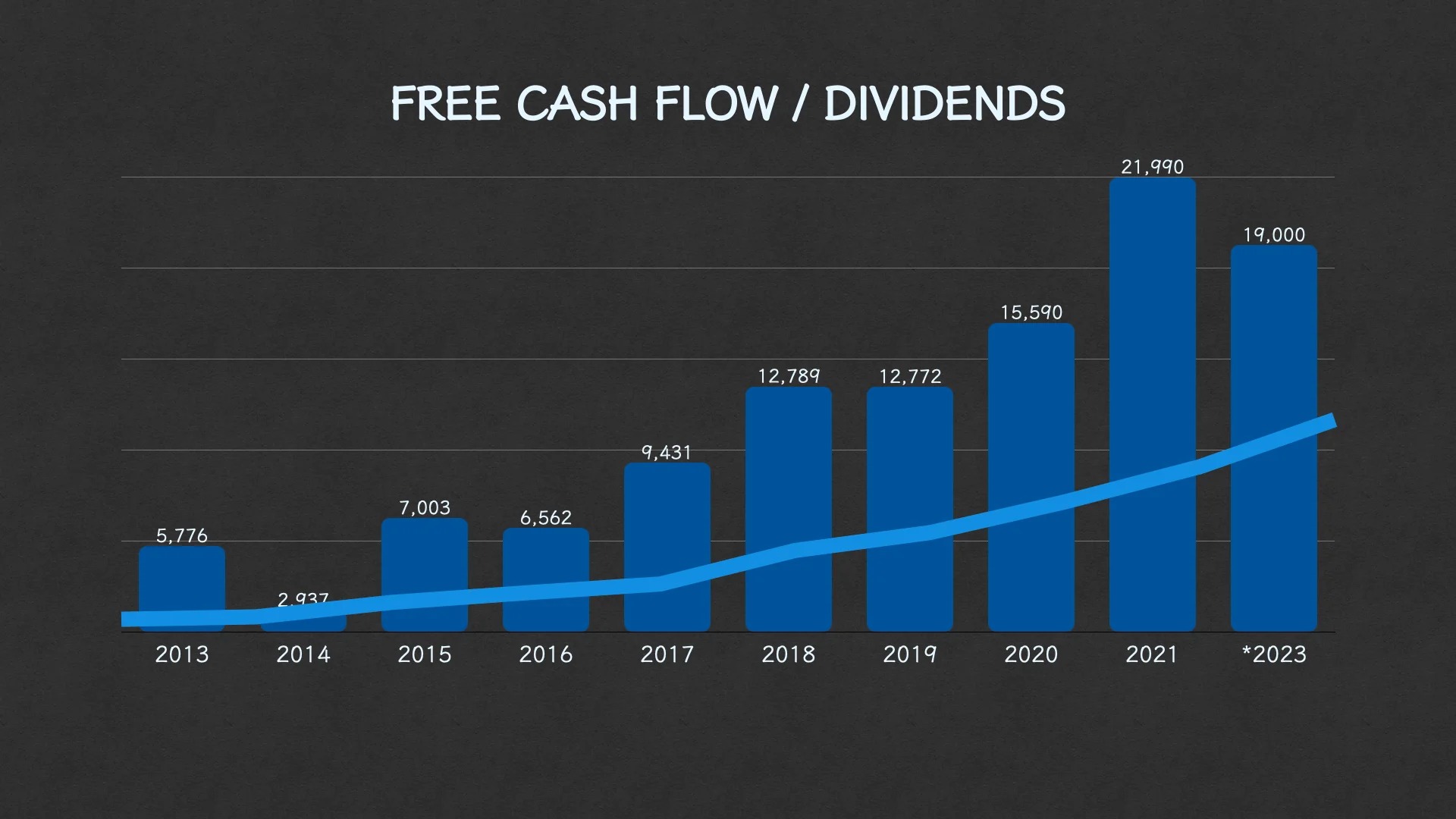Home>Finance>Financial System: Definition, Types, And Market Components


Finance
Financial System: Definition, Types, And Market Components
Published: November 24, 2023
Learn about the definition, types, and market components of finance. Enhance your understanding of the financial system and its significance.
(Many of the links in this article redirect to a specific reviewed product. Your purchase of these products through affiliate links helps to generate commission for LiveWell, at no extra cost. Learn more)
Financial System: Definition, Types, and Market Components
Are you looking to deepen your understanding of the financial system? Look no further! In this blog post, we will dive into the definition and types of financial systems, as well as the key components that make up the market. Whether you’re new to finance or simply curious about how it all works, this article will provide you with valuable insights.
Key Takeaways:
- A financial system is a network of institutions, markets, and individuals that facilitate the flow of funds between users and savers.
- The three main types of financial systems are bank-based, market-based, and mixed systems, each with its own unique characteristics and functions.
Now, let’s begin by understanding the definition of a financial system. Simply put, it refers to the collection of institutions, markets, and intermediaries that enable the transfer of funds between savers and users in an economy. This system plays a crucial role in mobilizing savings and allocating them efficiently to support economic growth.
A well-functioning financial system is essential for the smooth functioning of an economy. It provides individuals, businesses, and governments with access to essential financial services, such as banking, investment, insurance, and lending. By facilitating the flow of funds, it supports economic activities and helps allocate resources effectively.
Types of Financial Systems:
Financial systems can be categorized into three main types:
- Bank-based financial systems: In this type, banks are the primary source of financial intermediation. They accept deposits from savers and provide loans and other financial services to borrowers. Bank-based systems are commonly found in countries where banks play a dominant role in the economy.
- Market-based financial systems: These systems rely on financial markets for intermediation. Securities markets, such as stock exchanges and bond markets, play a significant role in facilitating the transfer of funds between savers and users. Market-based systems are more prevalent in countries with well-developed capital markets.
- Mixed financial systems: As the name suggests, mixed financial systems combine elements of both bank-based and market-based systems. These systems can provide the benefits and advantages of both types, allowing for a more diverse range of financial services and intermediation.
Components of the Financial Market:
Now that we understand the types of financial systems, let’s explore the key components that make up the financial market:
- Financial Institutions: These include banks, credit unions, insurance companies, investment firms, and other entities that provide financial services.
- Financial Markets: These are the platforms where buyers and sellers meet to facilitate the exchange of financial assets, such as stocks, bonds, commodities, and currencies.
- Financial Instruments: These are tradable assets that represent monetary value, including stocks, bonds, derivatives, options, futures, and more.
- Financial Regulators: Regulatory bodies monitor and oversee the financial industry to ensure compliance with laws and regulations and maintain market stability and integrity.
Understanding the financial system and its components is imperative for anyone looking to make informed financial decisions, whether as an individual investor, entrepreneur, or policy-maker. By grasping the intricacies of the financial system, you can navigate economic trends, identify opportunities, and mitigate potential risks.
To conclude, the financial system plays a crucial role in any economy, acting as the backbone of economic activity and resource allocation. By enabling the flow of funds between savers and users, it supports economic growth and development. Now that you have a better understanding of the financial system, its types, and market components, you are ready to embark on your financial journey with greater confidence and knowledge.














